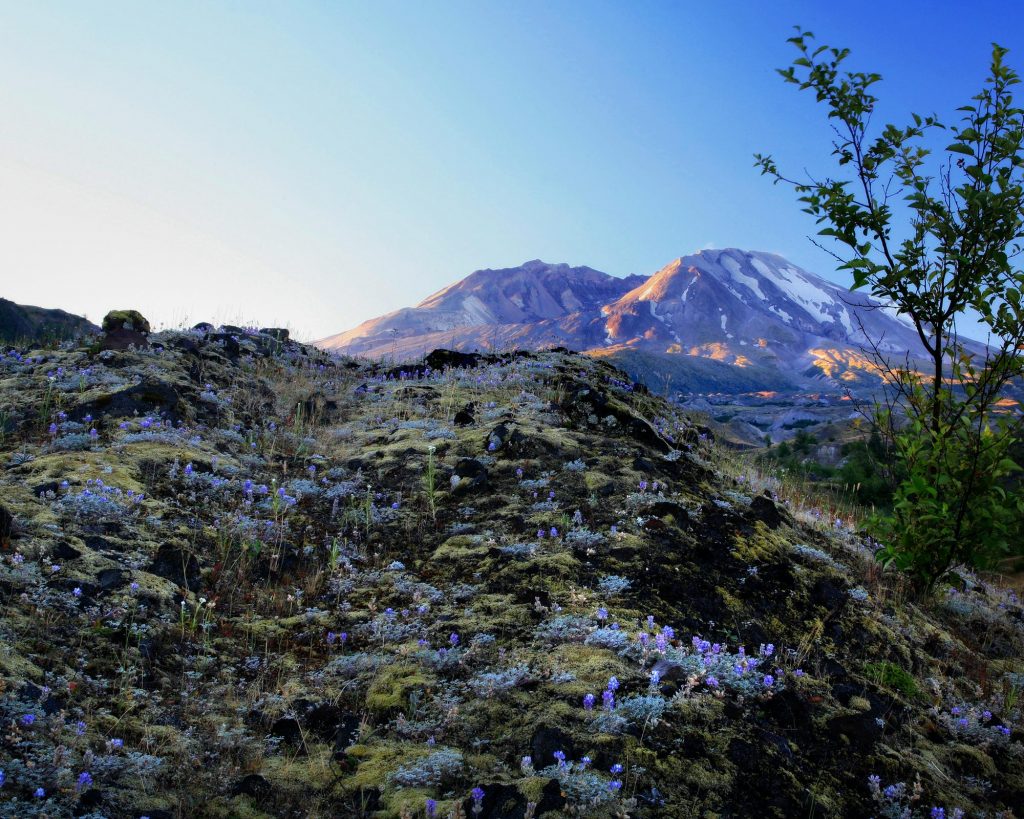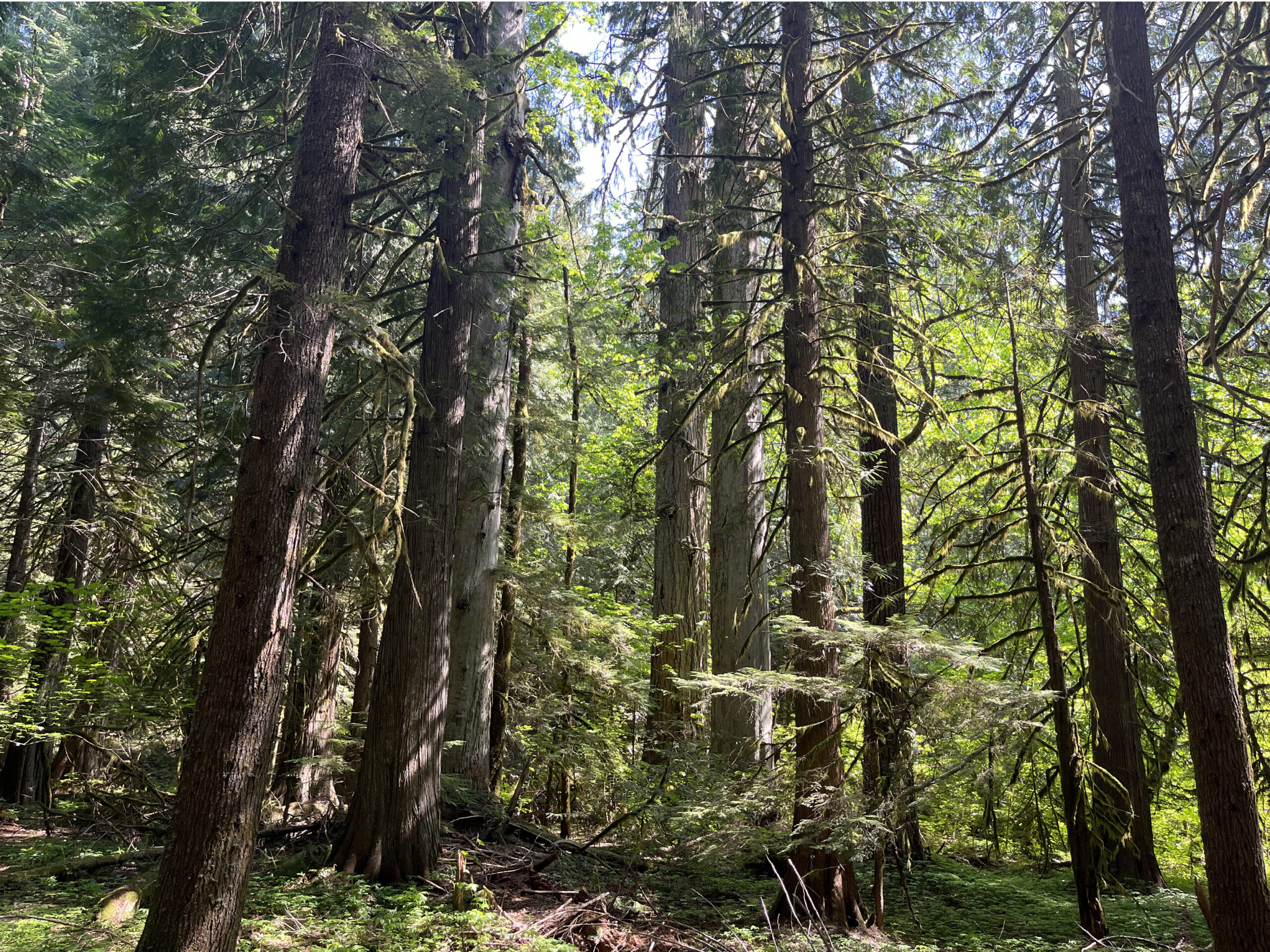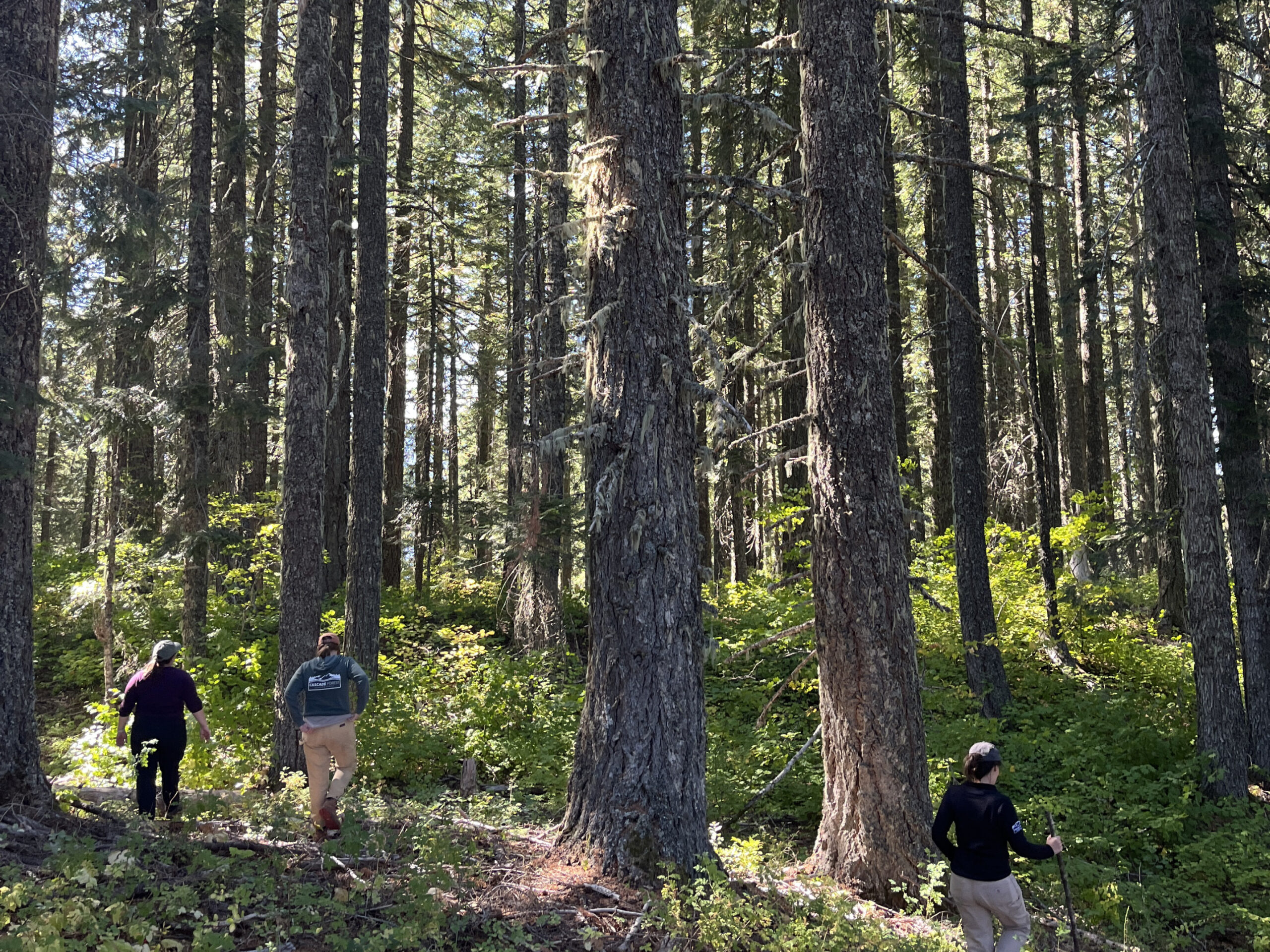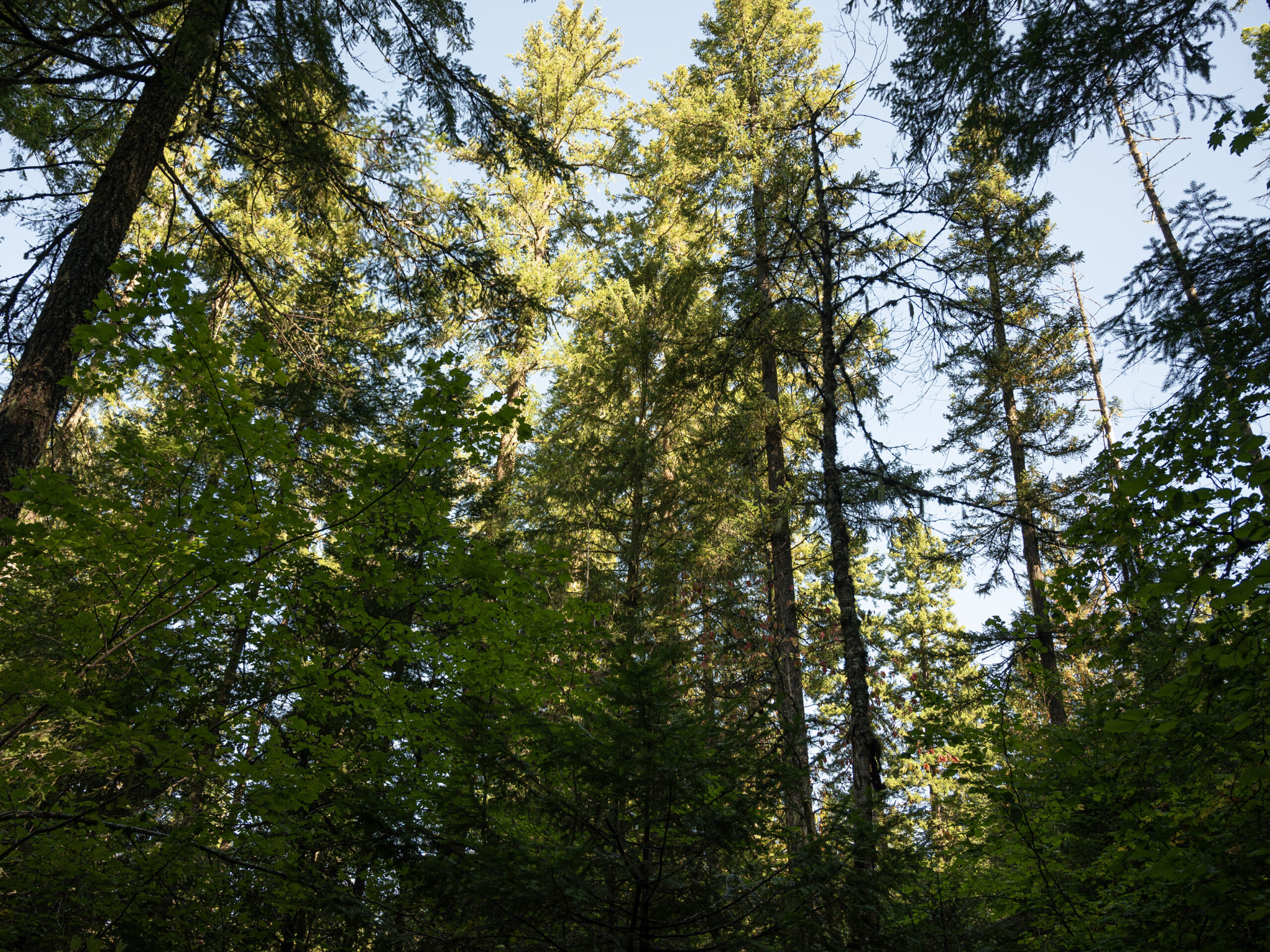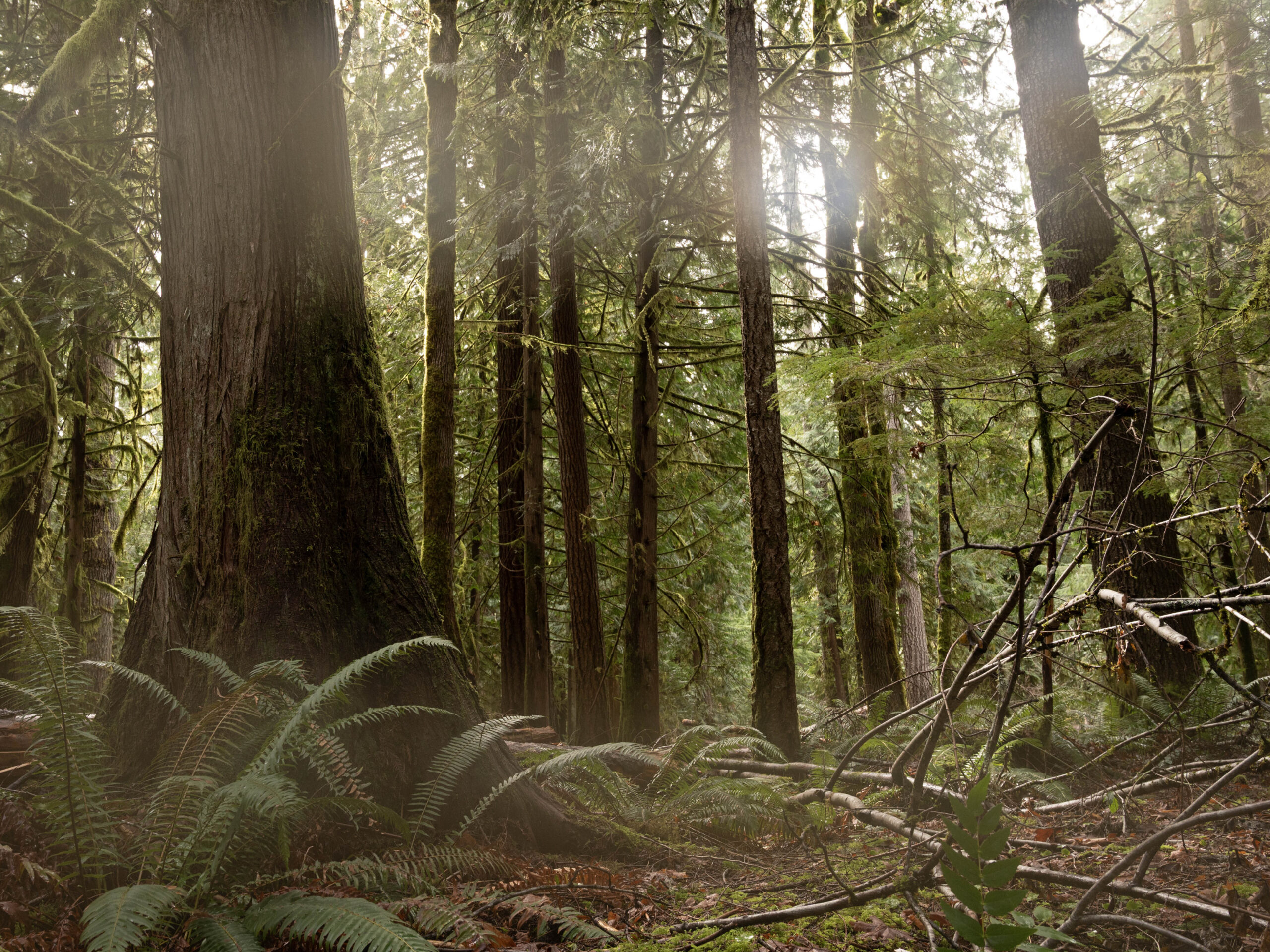The Pumice Plain created by the 1980 eruption of Mount St. Helens is a place like nowhere else on earth. Unlike the majority of the blast zone, the superheated pyroclastic flows that swept over this area forty years ago sterilized all life, effectively leaving behind an ecologically blank slate. The Pumice Plain created a unique opportunity for scientists and researchers to study nature’s return to a barren landscape in an area that has been protected from human intervention for the past 40 years. There are currently over thirty active research studies helping us understand the process of ecological recolonization to a degree that would be impossible without this site. Now, this proposed project puts all of this in jeopardy.
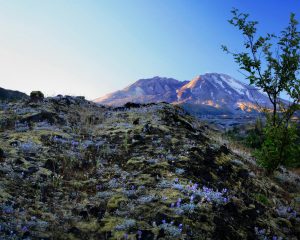 The US Forest Service has put forward plans to build a road through the heart of this irreplaceable landscape. The proposed road is a threat to the area’s streams, rivers, and lakes. If built, this road will pass over five permanent streams and 10 seasonal streams which together represent five separate watersheds, wholly created after the 1980 eruption. Pristine newborn watersheds like these do not exist anywhere else on earth. The proposed road would lead to soil erosion and deliver harmful sediment into streams and, subsequently, into Spirit Lake. Worse still, each stream-crossing would likely wash out every season, requiring excavation and rebuilding. All this sediment will force aquatic insects and fish to move downstream, negatively impact water quality, and damage stream and lakebed habitats.
The US Forest Service has put forward plans to build a road through the heart of this irreplaceable landscape. The proposed road is a threat to the area’s streams, rivers, and lakes. If built, this road will pass over five permanent streams and 10 seasonal streams which together represent five separate watersheds, wholly created after the 1980 eruption. Pristine newborn watersheds like these do not exist anywhere else on earth. The proposed road would lead to soil erosion and deliver harmful sediment into streams and, subsequently, into Spirit Lake. Worse still, each stream-crossing would likely wash out every season, requiring excavation and rebuilding. All this sediment will force aquatic insects and fish to move downstream, negatively impact water quality, and damage stream and lakebed habitats.
If completed, the road would be passed over by 1,980 passenger vehicles, 84 tractor-trailers, 464 single-unit trucks and 6-10 drill rigs every year. The proposed road would need disruptive and damaging annual maintenance, and open the door for the introduction of invasive species onto this pristine landscape. It would also permanently close the Windy Ridge, the Plains of Abraham, and the Truman Trail–disrupting people’s ability to enjoy this world-renown spot through recreational hiking, biking, and hunting.
The need for a new Forest Service road to Spirit Lake is real. The agency needs easier access to important infrastructure around Spirit Lake to prevent overflow and protect downstream communities. However, we believe that there are adequate alternatives that would alleviate many of the negative impacts of the proposed plan while still providing the necessary access. Given the ecological harm the proposed road would cause, CFC is asking the US Forest Service to explore alternatives before committing to a plan that necessitates disruptions to a beautiful, one-of-a-kind landscape.
This isn’t the first time the US Forest Service has proposed building a road here. In fact, it’s the third. This time, the agency announced the plan on December 17, 2019, immediately preceding the winter holidays. Agency staff were out of the office for a majority of the public comment period. The US Forest Service elected to forgo the typical National Environmental Policy Act (NEPA) process by declining to entertain public comment after the final Environmental Assessment (EA) has been published.
We are currently waiting on the final EA and will provide updates as they become available. We have submitted comments (which you can read here) and will continue to advocate for alternatives that leave the Pumice Plains intact and protect the communities near Spirit Lake. You can make a donation in any amount to help support our work here.



